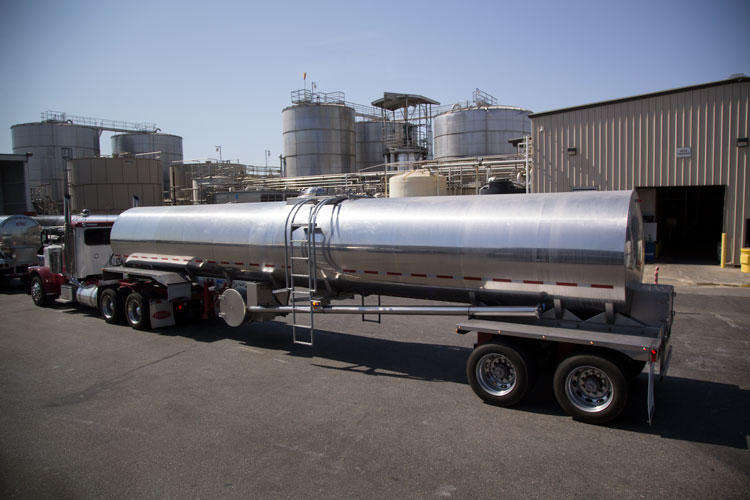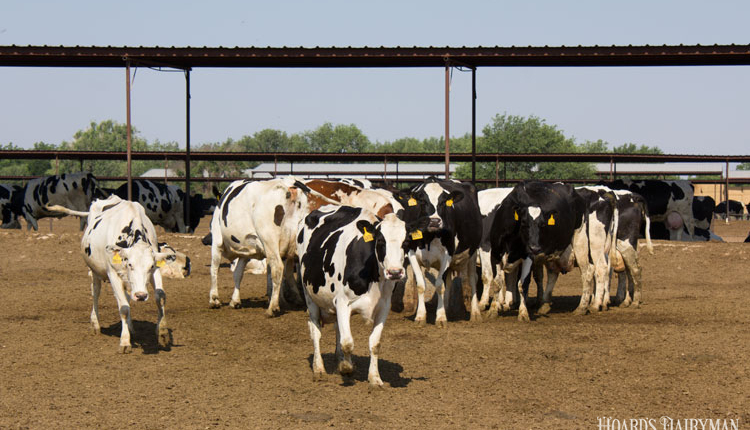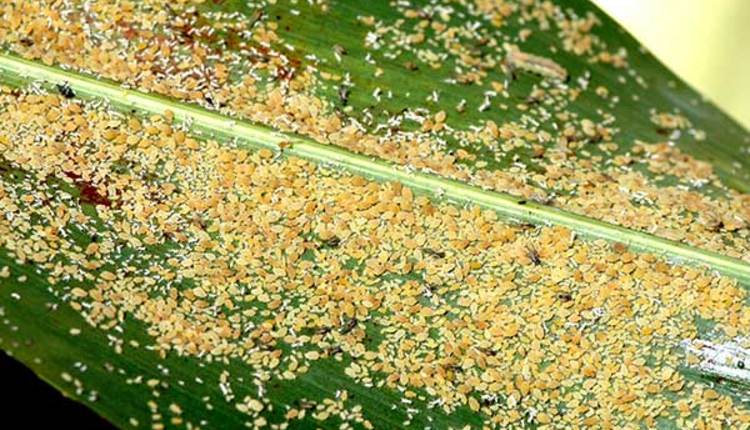
During the regular session of the Texas Legislature, Senator Charles Perry and Representative Ken King introduced legislation raising the weight limit on milk tankers from 80,000 pounds to 90,000 pounds. Senate Bill 1283 passed both legislative bodies and was signed into law by Governor Greg Abbott.
The law requires a third axle on the tanker trucks. The trucks will only be allowed on prescribed routes with origination and destination points in Texas. To offset any road impacts, a permit fee will be required for the trucks.
Today’s trucks carry approximately 6,000 gallons of milk, while the new trucks will hold about 7,000 gallons. A transition to the larger trucks will take time for both producers and the milk hauling entities to adapt to the new limits. As the trucking fleet replaces tankers, it is expected that a portion, but not all, of the new tankers will have larger capacity and the third axle.
Not only will the tankers need to be replaced, but a transition for farm bulk tanks will also be needed to go from 6,000-gallon tanks to 7,000-gallon tanks. Thus, the new legislation is another step in reducing the dairy industries’ environmental footprint by decreasing the number of trucks on the road and miles driven annually. Fewer trucks also may ease traffic congestion in urban areas, particularly around processing plants.








